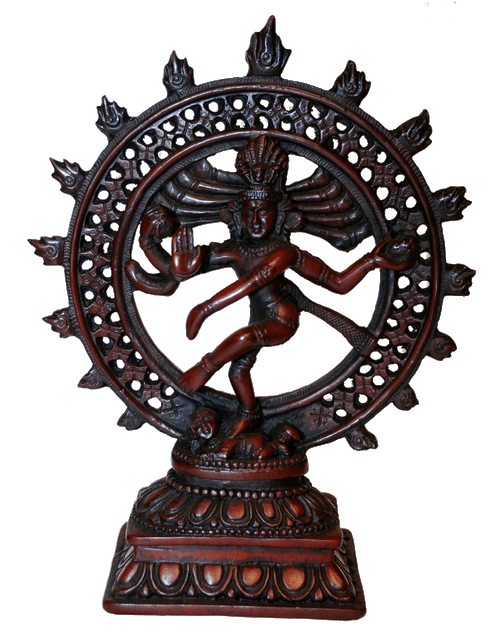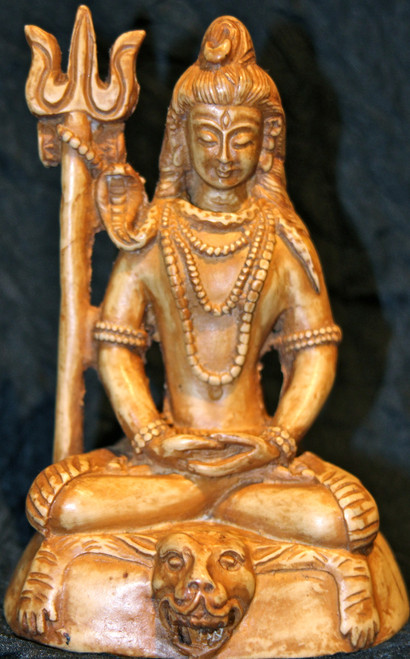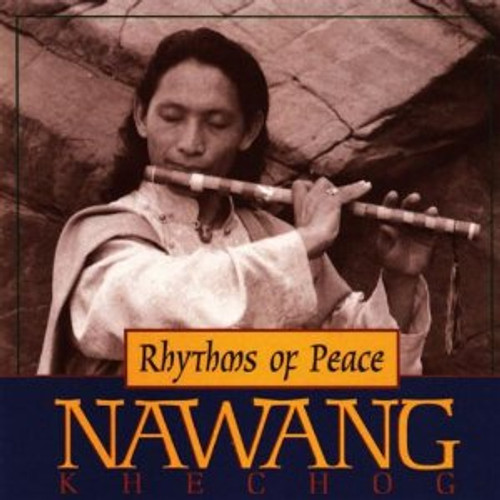Nataraj: The Dancing Shiva: Rhythm and Harmony of Life.
At Tibet Spirit Store, owned and operated by Tibetans helping Tibet families.
Statue Size : 9" x 7 " approx
Form/Symbolism:
A marvelou unified, dynamic composition expressing the rhythm and harmony of life, Nataraj is shown with four hands represent the cardinal directions.
- Dancing, with his left foot elegantly raised and the right foot on a prostrate figure — 'Apasmara Purusha' - personification of illusion and ignorance over whom Shiva triumphs.
- Upper left hand holds a flame, the lower left hand points down to the dwarf, who is shown holding a cobra.
- Upper right hand holds an hourglass drum or 'dumroo' that stands for the male-female vital principle, the lower shows the gesture of assertion: "Be without fear."
- Snakes for egotism, are seen uncoiling from his arms, legs, and hair, which is braided and bejeweled.
- His matted locks are whirling as he dances within an arch of flames representing the endless cycle of birth and death.
- On his head is a skull, which symbolizes his conquest over death.
Significance of Shiva's Dance:
Cosmic dance of Shiva called 'Anandatandava,' meaning the Dance of Bliss, symbolizes
- Cosmic cycles of creation and destruction
- Daily rhythm of birth and death
The dance is a pictorial allegory of the five principle manifestations of eternal energy —
- Creation
- Destruction
- Preservation
- Salvation
- Illusion.
According to Coomerswamy, the dance of Shiva also represents his five activities:
Shrishti -- creation, evolution
Sthiti -- preservation, support
Samhara -- destruction, evolution
Tirobhava -- illusion
Anugraha -- release, emancipation, grace
The overall temper of the image is paradoxical, uniting the inner tranquility, and outside activity of Shiva.










